In a compelling demonstration of Drone Technology‘s growing role in public safety, the Grand Traverse County Sheriff’s Department successfully deployed a thermal imaging drone to apprehend a suspect who fled a car crash in Fife Lake Township, Michigan, on February 20, 2025. The incident, reported by local authorities and covered by MLive, underscores how advanced drone capabilities are enhancing law enforcement operations across the United States.
Swift Response to a Nighttime Incident
The sequence of events began around 8:30 p.m. on Thursday when deputies responded to a two-vehicle collision on U.S. 131 near M-113. The crash, occurring under the cover of darkness, presented immediate challenges when one suspect abandoned the scene and fled into nearby woods. Rather than relying solely on traditional search methods, the Sheriff’s Department quickly established a perimeter and turned to their drone technology toolkit.
Equipped with thermal imaging, the drone scanned the area and detected the suspect’s heat signature amidst the dense woodland. Working in tandem with a Police dog, deputies followed the drone’s guidance to locate and arrest the individual without incident. The operation showcased a seamless integration of aerial technology and ground-based tactics, concluding what could have been a prolonged manhunt in mere hours.
Thermal Imaging: A Technical Edge in Low-Visibility Scenarios
Thermal imaging, or infrared thermography, operates by detecting heat emitted from objects and living beings, converting it into a visible image. In this case, the drone likely utilized a camera with a resolution sufficient to distinguish a human heat signature—typically ranging from 98.6°F—at a distance of several hundred feet, even through light foliage. Modern law enforcement drones, such as those in the DJI Matrice 30 series or similar models, often pair thermal sensors with high-definition visual cameras, offering operators a dual-feed view for precision targeting.

The technology excels in low-visibility conditions—nighttime, fog, or heavy vegetation—where traditional searches falter. With a detection range often exceeding 300 feet and flight times averaging 30-40 minutes per battery, these drones provide a critical advantage. The Grand Traverse operation highlights how such capabilities reduce officer risk and accelerate response times, a trend increasingly evident in first responder applications nationwide.
Industry Context: Drones as Essential Law Enforcement Tools
This incident aligns with a broader movement within the drone industry, where thermal-equipped unmanned aerial systems (UAS) are becoming standard for public safety agencies. Just days earlier, the Nez Perce County Sheriff’s Office in Idaho employed a similar setup to locate a fugitive near a riverbank, demonstrating the technology’s versatility across terrains. From suspect pursuits to search-and-rescue missions, drones are proving their worth beyond initial skepticism about cost and complexity.
The U.S. market for public safety drones has seen steady growth, with agencies adopting platforms vetted under programs like the Blue sUAS initiative by the Department of Defense. These systems prioritize Data Security—a key concern given past politically-driven controversies with foreign manufacturers like DJI—while delivering reliable performance albeit at a much higher price. Training requirements remain minimal, often requiring just 10-20 hours for certification, making adoption feasible even for smaller departments like Grand Traverse County’s.
Regulatory and Market Implications
The use of drones in this arrest falls under current FAA guidelines, which permit law enforcement operations within visual line of sight (VLOS) and below 400 feet altitude. However, as thermal imaging becomes more prevalent, discussions around beyond-visual-line-of-sight (BVLOS) permissions are intensifying. Such advancements could expand operational range, though they’d require robust detect-and-avoid systems to satisfy regulators.
From a market perspective, demand for thermal-capable drones is driving innovation. Companies like Autel Robotics and DJI continue to refine sensor sensitivity and integration with Artificial Intelligence (AI), potentially lowering costs—currently hovering around $5,000-$10,000 per unit—and broadening access. This incident may further spur investment as departments quantify the return on faster, safer resolutions.
A Glimpse Into Public Safety’s Future
The Grand Traverse County operation exemplifies how drone technology is reshaping law enforcement, offering a scalable solution to challenges once deemed intractable. As thermal imaging and UAS capabilities evolve, their adoption will likely accelerate, supported by a maturing regulatory framework and declining costs. Departments nationwide will be watching, weighing the benefits against infrastructure needs like trained pilots and maintenance protocols.
For the broader drone industry, this case reinforces a pivotal narrative: drones are no longer experimental gadgets but indispensable tools for good. Whether tracking suspects or aiding in disaster response, their impact is tangible and growing—an evolution DroneXL will continue to monitor with keen interest.
DroneXL’s Take
While the success of thermal imaging drones in operations like Grand Traverse is undeniable, the push toward Blue sUAS platforms raises questions about practicality and value. Autel and DJI drones, despite data security concerns, remain significantly less expensive—often much less than half the cost of Blue sUAS alternatives—while offering wider availability, superior capabilities, and proven reliability.
Models like the DJI Matrice 4, Matrice 30, or the Matrice 300 boast longer flight times, more intuitive controls, and safer flight systems, all with minimal training demands. For cash-strapped agencies, the trade-off between Blue sUAS’s domestic sourcing and DJI’s unmatched performance is stark. Until Blue sUAS can match this efficiency without premium pricing, departments may quietly favor practicality over policy—a tension worth scrutinizing as the industry evolves.
The seamless coordination of thermal drones and canine units hints at a future where hybrid approaches become standard, blending cutting-edge tech with time-tested methods. It’s a synergy worth watching as public safety strategies mature.
Photos courtesy of Grand Traverse County Sheriff’s Department.
Discover more from DroneXL.co
Subscribe to get the latest posts sent to your email.


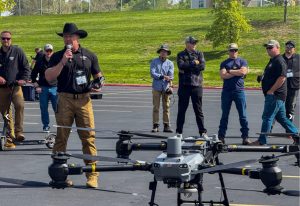

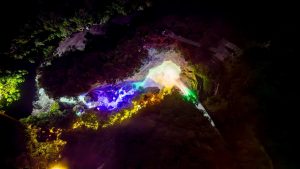
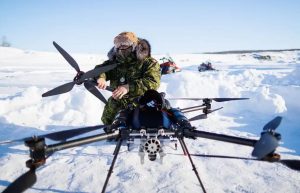

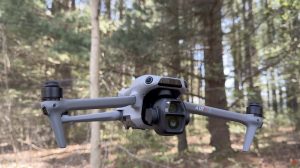

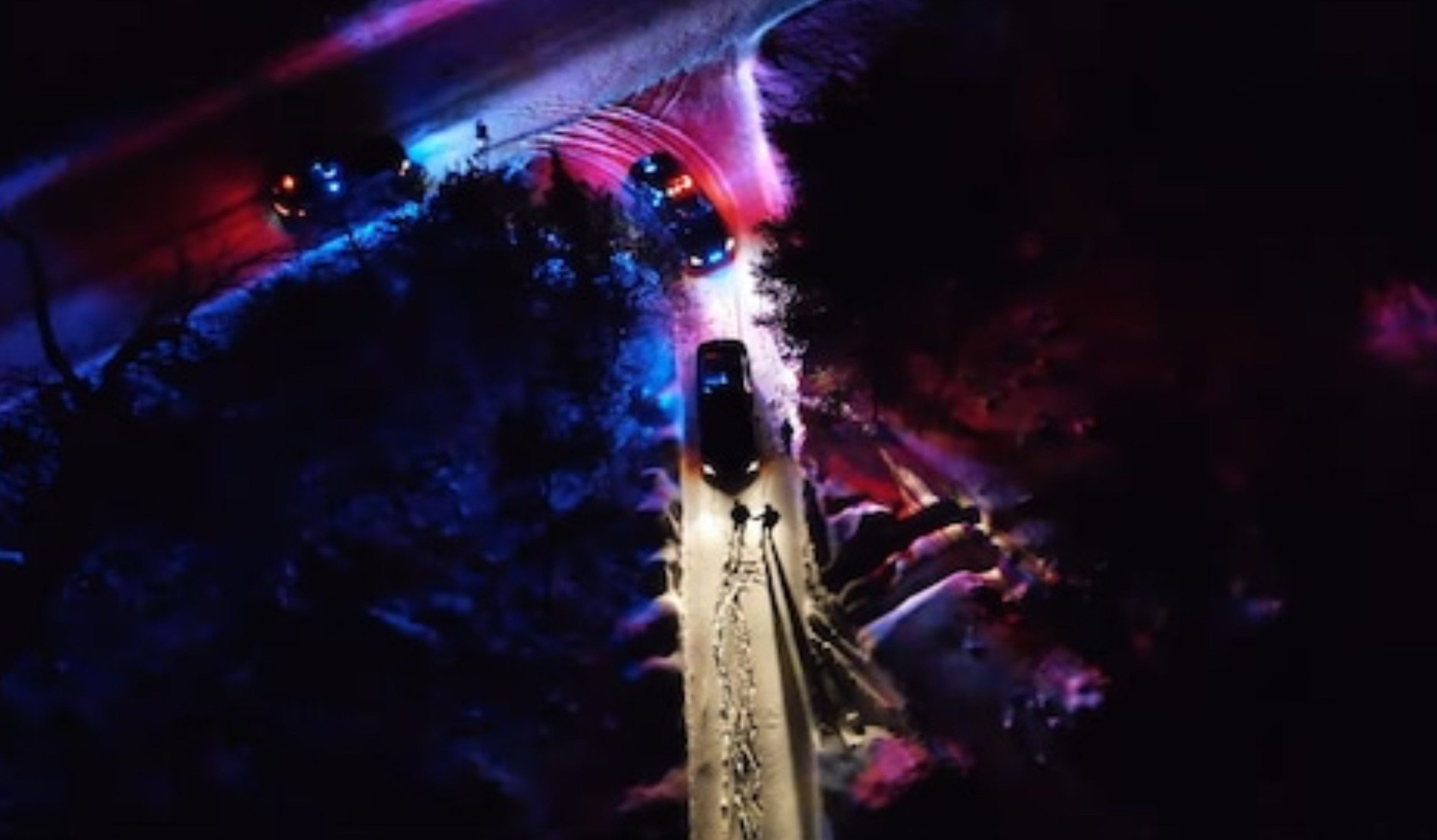

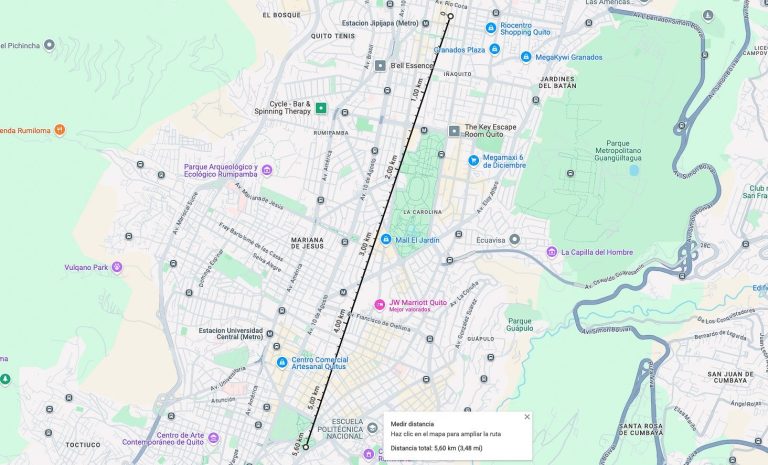
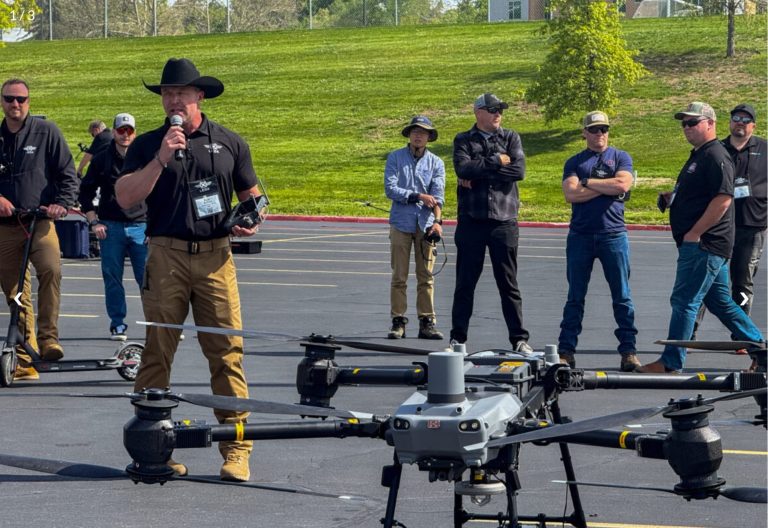
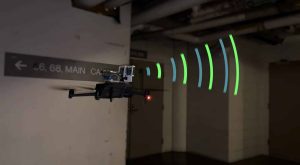



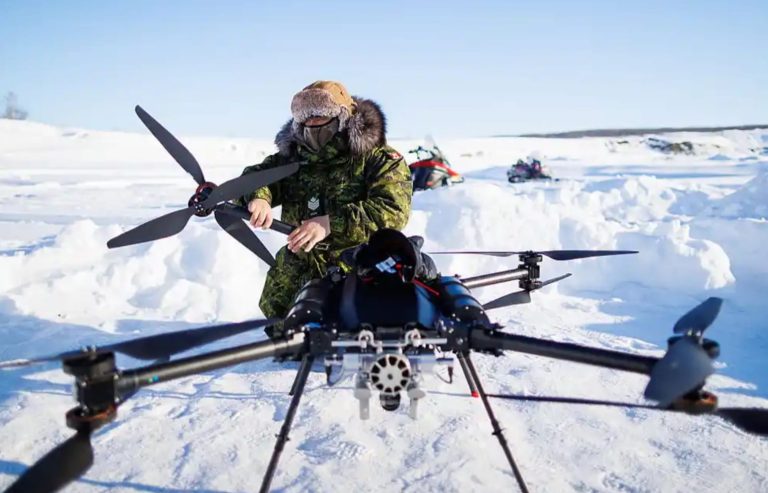
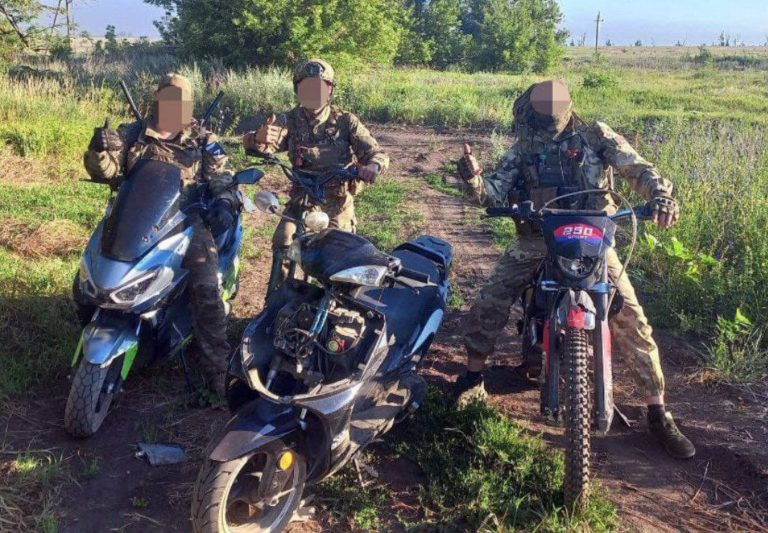
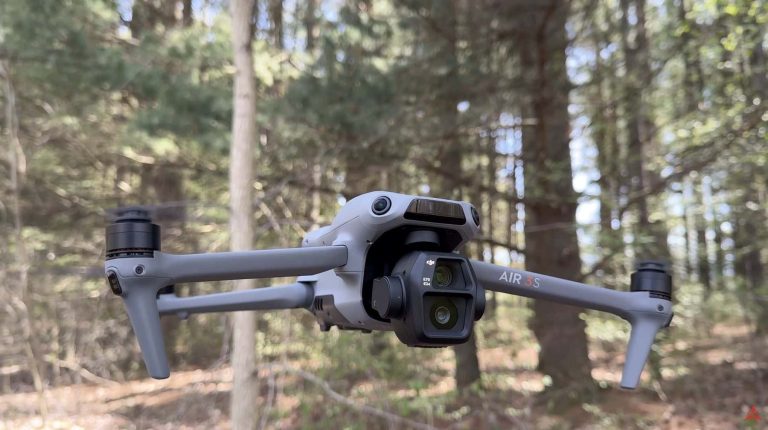
+ There are no comments
Add yours